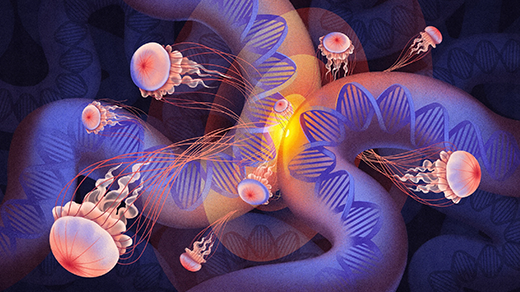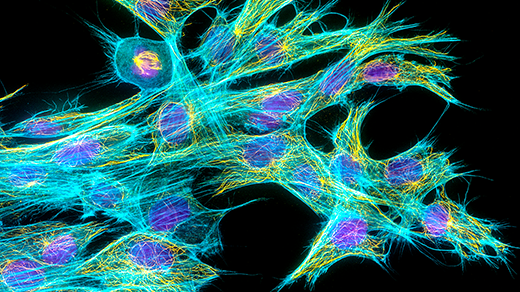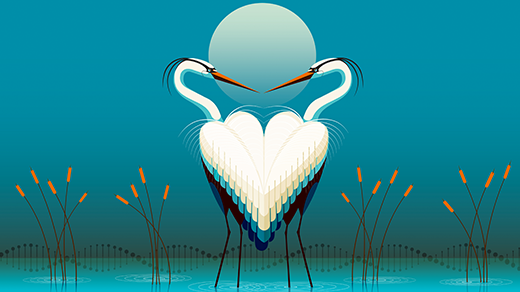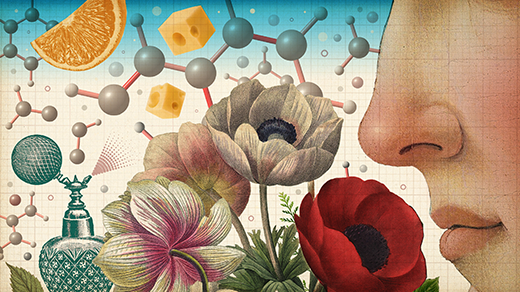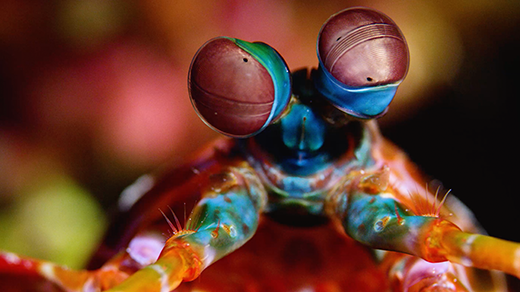What's up in
Evolution
Latest Articles
Shark Data Suggests Animals Scale Like Geometric Objects
Despite their wide variety of sizes, niches and shapes, sharks scale geometrically, pointing to possible fundamental constraints on evolution.
Loops of DNA Equipped Ancient Life To Become Complex
New work shows that physical folding of the genome to control genes located far away may have been an early evolutionary development.
A Biography of Earth Across the Age of Animals
New reconstructions of 540 million years of climate history show the planet tumbling between icehouse and hothouse states, revealing how rare and vulnerable our temperate moment is.
How Humanity Amplified Life’s Quest for Energy
A planetary perspective on the relationship between life and energy, and the emergence of a life form whose influence extends across the entire biosphere — presenting us with an awesome opportunity.
Tiny Tubes Reveal Clues to the Evolution of Complex Life
Scientists have identified tubulin structures in primitive Asgard archea that may have been the precursor of our own cellular skeletons.
The Sudden Surges That Forge Evolutionary Trees
An updated evolutionary model shows that living systems evolve in a split-and-hit-the-gas dynamic, where new lineages appear in sudden bursts rather than during a long marathon of gradual changes.
Do Beautiful Birds Have an Evolutionary Advantage?
Richard Prum explains why he thinks feathers and vibrant traits in birds evolved not solely for survival, but also through aesthetic choice.
How Smell Guides Our Inner World
A better understanding of human smell is emerging as scientists interrogate its fundamental elements: the odor molecules that enter your nose and the individual neurons that translate them into perception in your brain.
When Did Nature Burst Into Vivid Color?
Scientists reconstructed 500 million years of evolutionary history to reveal which came first: colorful signals or the color vision needed to see them.

